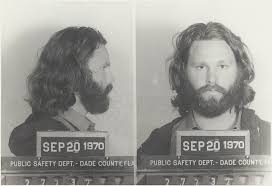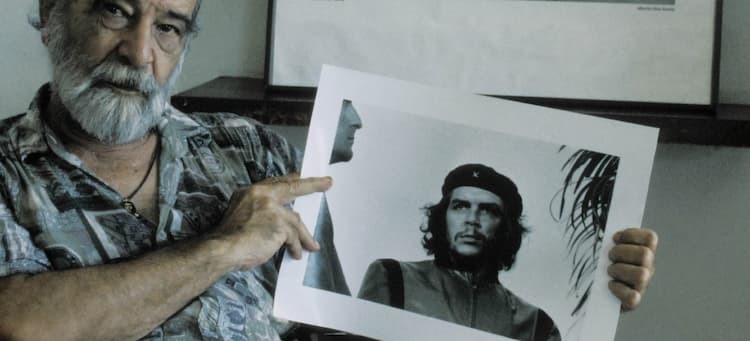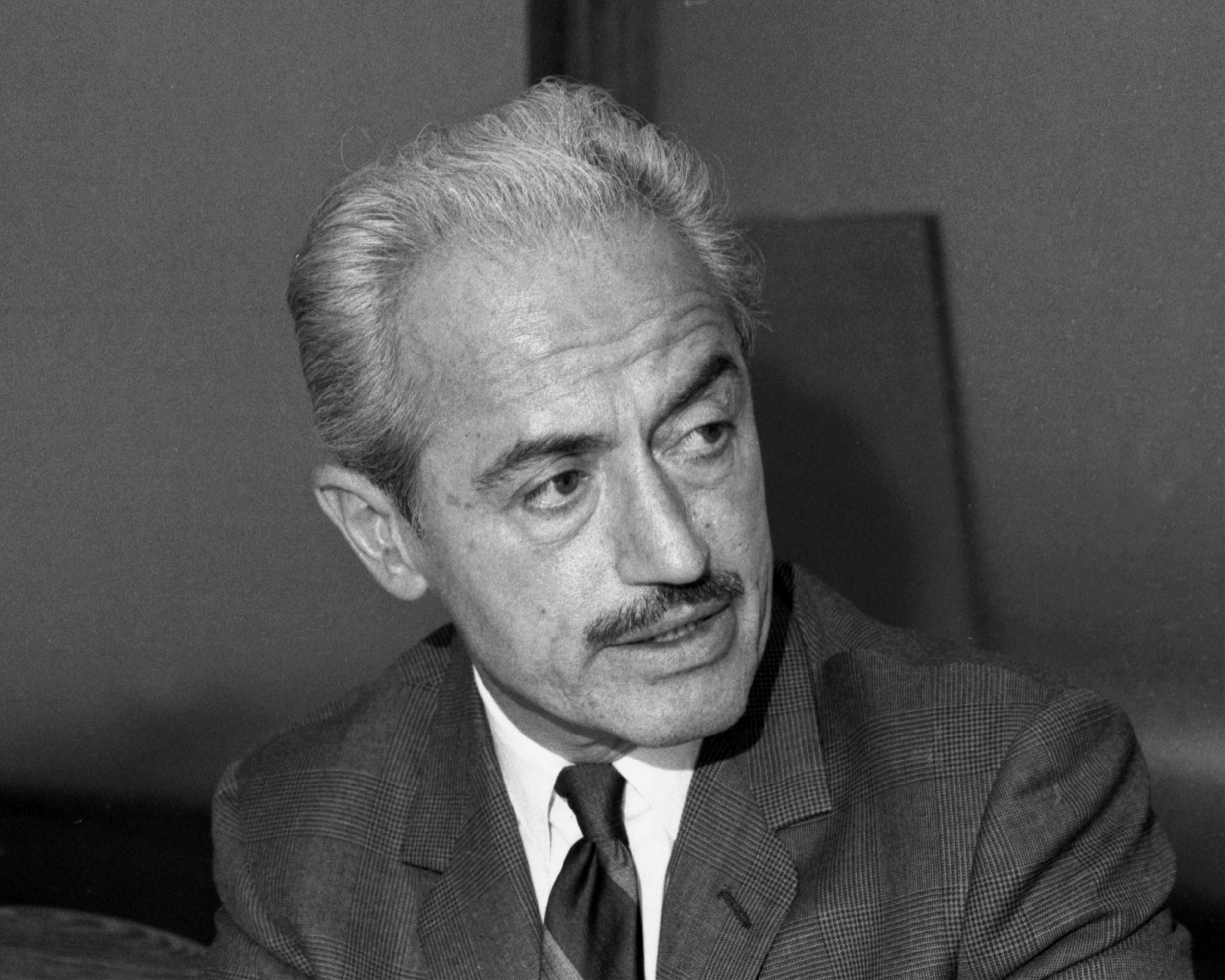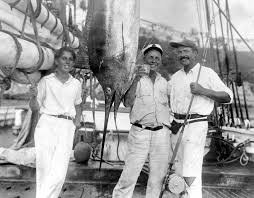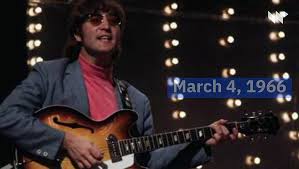Spotify, an online streaming platform, has unveiled ‘Lent Destination’, a hub designed to facilitate spiritual reflection and connection for Christians observing Lent. James Propa, Spotify’s Christian and Gospel Specialist for Sub-Saharan Africa, in a statement on Thursday, said the hub featured carefully curated worship playlists and Christian podcasts. Propa said these podcasts and playlists would simplify …




